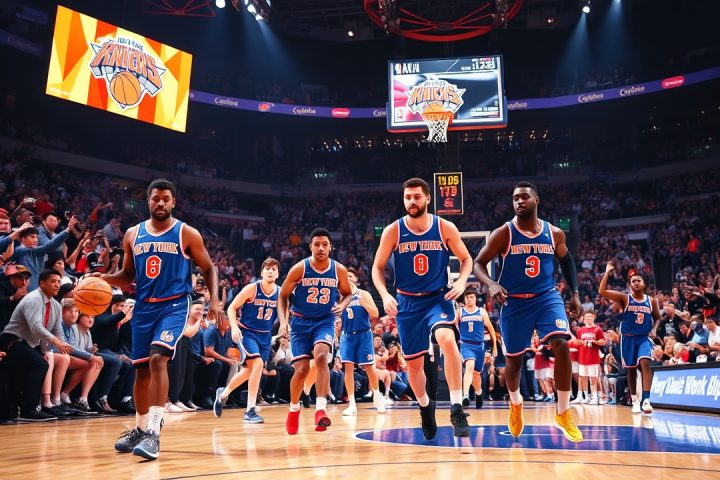Introduction
In an age characterized by fleeting attention and fragmented discourse, the profound impact of the title “Heavyweight Champion of the World” is often overlooked. For an earlier generation, Mike Tyson was not merely a boxer; he was a cultural phenomenon whose influence permeated American society during the 1980s. Today, Tyson presents a vastly different image: once a volatile figure, he is now known as an approachable influencer and entrepreneur in the cannabis industry. This transformation marks a departure from the menacing reputation he held throughout his heyday, where he was revered for his formidable skills in the ring and his tumultuous life outside it.
Rediscovering Tyson’s Legacy
The recent publication, “Baddest Man: The Breaking of Mike Tyson,” authored by veteran sports journalist Mark Kriegel, revisits the storied legacy of Tyson. This book serves as a tribute to the traditional form of storytelling and sports journalism at a time when fast-paced media dominates. In it, Kriegel explores not only Tyson’s enduring allure but also the reasons behind his lasting popularity, even as he enters the new decade.
Kriegel articulates that Tyson’s survival—physically and economically—postulates a unique case in history, as the former champion remains a draw for fans and a moneymaker. Tyson’s capability to generate revenue is matched only by his impressive résumé as the most profitable figure in combat sports. According to Kriegel, the very fact that Tyson continues to thrive at this stage is a remarkable issue worth examining.
The Transformation of Mike Tyson
The narrative kicks off with an unexpected scene: Tyson engaging as a caring father in a privileged Newport Beach community, a stark contrast to the chaotic life he led during his youth in Brooklyn’s Brownsville neighborhood. This light shows not only Tyson’s ability to adapt but also his entry into elite social circles that once seemed unattainable.
Kriegel’s first encounter with Tyson occurred early in his career while reporting for the New York Daily News, leading to a series of groundbreaking stories that delved deep into Tyson’s tumultuous life and career. He notes how Tyson’s infamous escapades and controversies captured the public’s fascination and contributed to the rise of tabloid culture that has characterized media consumption for decades.
After transitioning to the New York Post, Kriegel labeled Tyson as a “designated villain” amid a narrative of decline in his boxing career. However, as the years went by, Kriegel began to perceive the complexity of Tyson’s life experiences, especially the adversities that shaped him, including childhood trauma, personal losses, and the harsh realities of his upbringing. This understanding allowed Kriegel to depict a multifaceted portrait of Tyson, revealing an individual shaped by both victimization and aggression.
Key Moments in Tyson’s Career
The book details crucial segments of Tyson’s life, from his troubled youth to the mentorship by trainer Cus D’Amato, culminating with Tyson’s significant victory over Michael Spinks in what was historically known as one of the most hyped fights ever, held on June 27, 1988. This event, which took place against the backdrop of the then-rising celebrity of Donald Trump, showcased Tyson at the peak of his power—a fleeting moment of invincibility in a career soon marked by personal and professional turmoil.
Conclusion
“Baddest Man” does more than recount a storied athletic career; it captures a pivotal moment that resonates in today’s sports and popular culture. The memoir is now available at bookstores nationwide and serves as a significant reflection on Tyson’s dramatic life, providing insights into an iconic figure whose legacy continues to intrigue audiences even years later.




